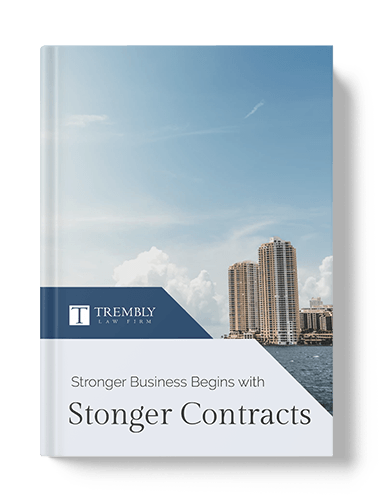The merger and acquisition process is beneficial for both parties. It allows business owners to get some money out of a struggling business or one that they do not have the capacity to grow while permitting larger business owners with expansion opportunities. Whether you are acquiring a new company or you’re part of a company that’s merging with another, knowing what to expect can make the process much simpler.
What Is A Merger And Acquisition Process?
A merger and acquisition process is when one company decides to purchase another business to add to its portfolio, so as to leverage its assets and operations. This usually happens through a series of financial transactions and agreements.
One example of such an acquisition was when Google purchased YouTube, or when Amazon bought Whole Foods. The result for the former included stricter algorithms for YouTubers that earned their money from the site as well as the economies of scale to create original shows, while Amazon offers its Prime members special deals related to the retail grocery, including same-day delivery of produce.
Acquisition Strategy
When you go into an acquisition strategy, you want to find a business that can provide the highest return on your investment purchase. That can mean scouting the enterprises that are up for purchase and evaluating their value.
Do you want more control over the supply chain? Then consider vertical integration strategy and buying suppliers or manufacturers under your umbrella. Or engage in product supplementation to increase the amount of stock that you can sell to consumers. Sales growth allows you to gain economies of scale and surpass industrial bottlenecks.
Steps To The Merger And Acquisition Process
The M&A process is straightforward. As long as you have the acquisition strategy in place, and legal counsel on hand, you can integrate another business within yours and streamline the transition.
Find Candidates And Determine Areas Of Growth
A company interested in expanding will begin by considering what they want from a potential acquisition and where they want to grow. From there, they’ll begin the process of considering smaller businesses that fit their criteria.
Acquisition Planning
After creating a list of potential targets, executives in the larger company can reach out to representatives of each company to figure out whether or not they are open to a possible merger. This should cull the list considerably and leave the company with one or a handful of options to pursue.
Valuation Analysis
As discussions proceed, the acquiring company has to get into the nuts and bolts of the merger—how much is the smaller company worth? For the sake of easier negotiations and a more targeted offer, the acquiring company may utilize multiple valuation models and use that information to come up with an initial offer.
Negotiations Between Parties
Negotiation can be the easiest or most difficult part of the mergers and acquisitions process, depending on how open both sides are to compromise. Using different valuations and other available data, both sides can make a case for their offer and hopefully come to an agreeable amount. From there, they can negotiate the finer points of the deal.
Due Diligence
Due diligence can take months, depending on the size of the company being purchased and how thorough the purchasing company is in their research. Due diligence is the purchaser’s chance to confirm original valuations, examine financial records, and analyze the target company’s business operations, business model, and potential growth.
Draw Up Contracts
If due diligence goes smoothly and doesn’t turn up any red flags for the acquiring company, both companies can move forward. Final decisions will be made regarding contracts, and both sides will have their legal counsel review the contracts. Always check the fine print to avoid unfair clauses.
Solidify Financing
The purchasing company should have financing options researched by this point, and when the deal is nearly complete, they should finalize financing and get the capital they need. Make sure that you get all the agreements down in writing, and with the legal terminology explained properly.
Finish the Merger
Once the contracts are signed and the deal is closed, the companies begin merging and creating new protocols. This can include consolidating the workforce, changing names and trademarks, and implementing different policies.
Acquisition Financing Options
You can use different sources to find sufficient funds for capital. One option is the stock swaps, where you exchange stock with the acquired company; this allows the owner of the latter to retain some control over their business. Another option is equity. Companies looking to merge with others want to find targets that need steady cash flow.
Cash acquisitions are the simplest, where the money is traded for the stocks in the target company. This may be good for an owner of such a venture who is low on cash flow and needs the funds. Many companies like taking loans from the bank and engage in debt financing, with mezzanine financing including equity and debt to increase the debt ceiling amounts.
Improve Your Capital Expenditures With Trembly Law
Trembly Law wants to ensure that you have the most detailed legal advice. An experienced business lawyer can help you come out ahead in a merger and acquisition deal. Trust our team of expert lawyers to assist you through the m&a transaction process, step by step.
Reach out to the team at Trembly Law to plan for your company’s future. We’ll assist with your M&A deals and more, to ensure that you receive a higher value on your investment. Don’t worry about the finer details when you become part of a merger, or decide to buy another business.

















